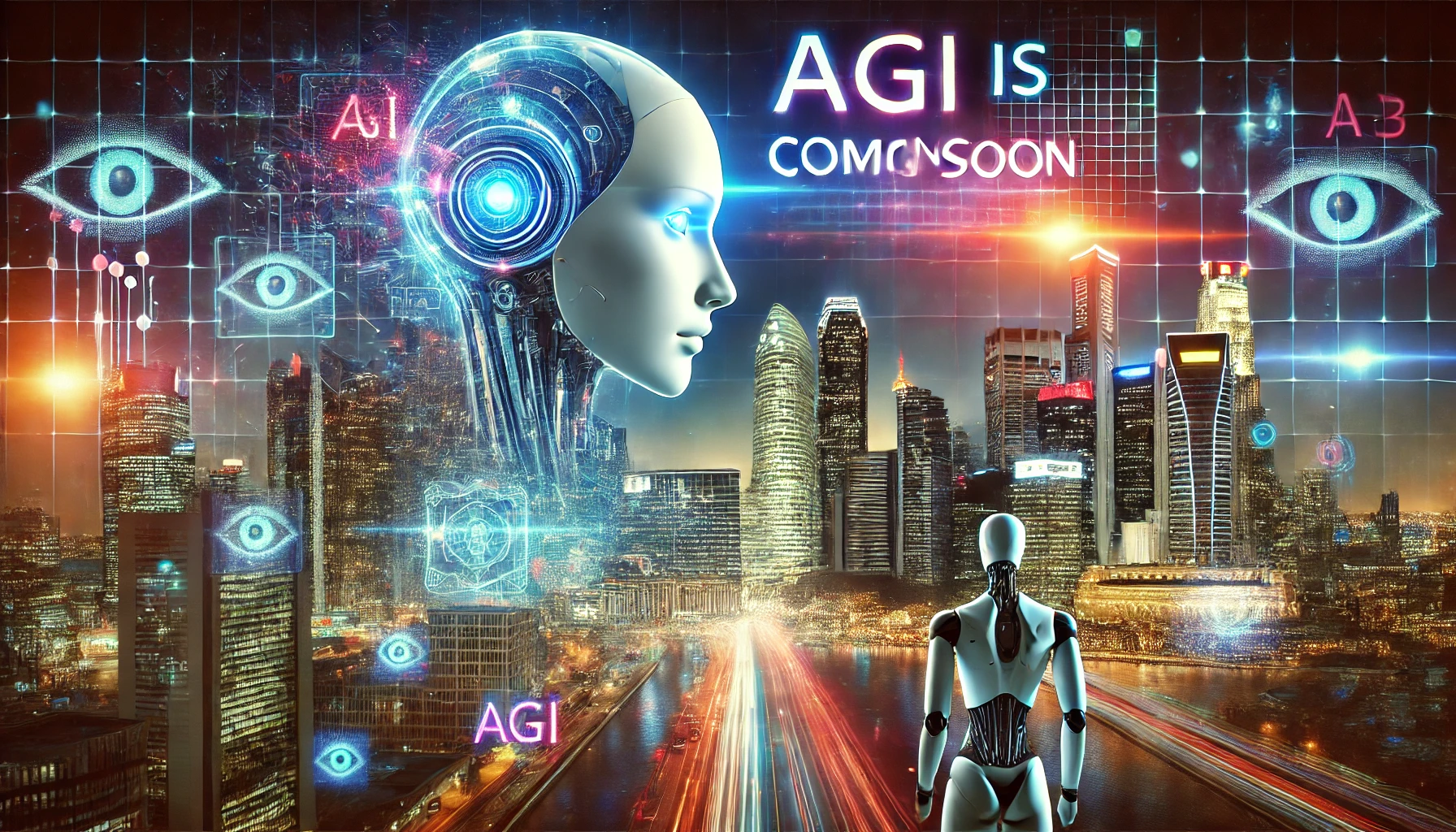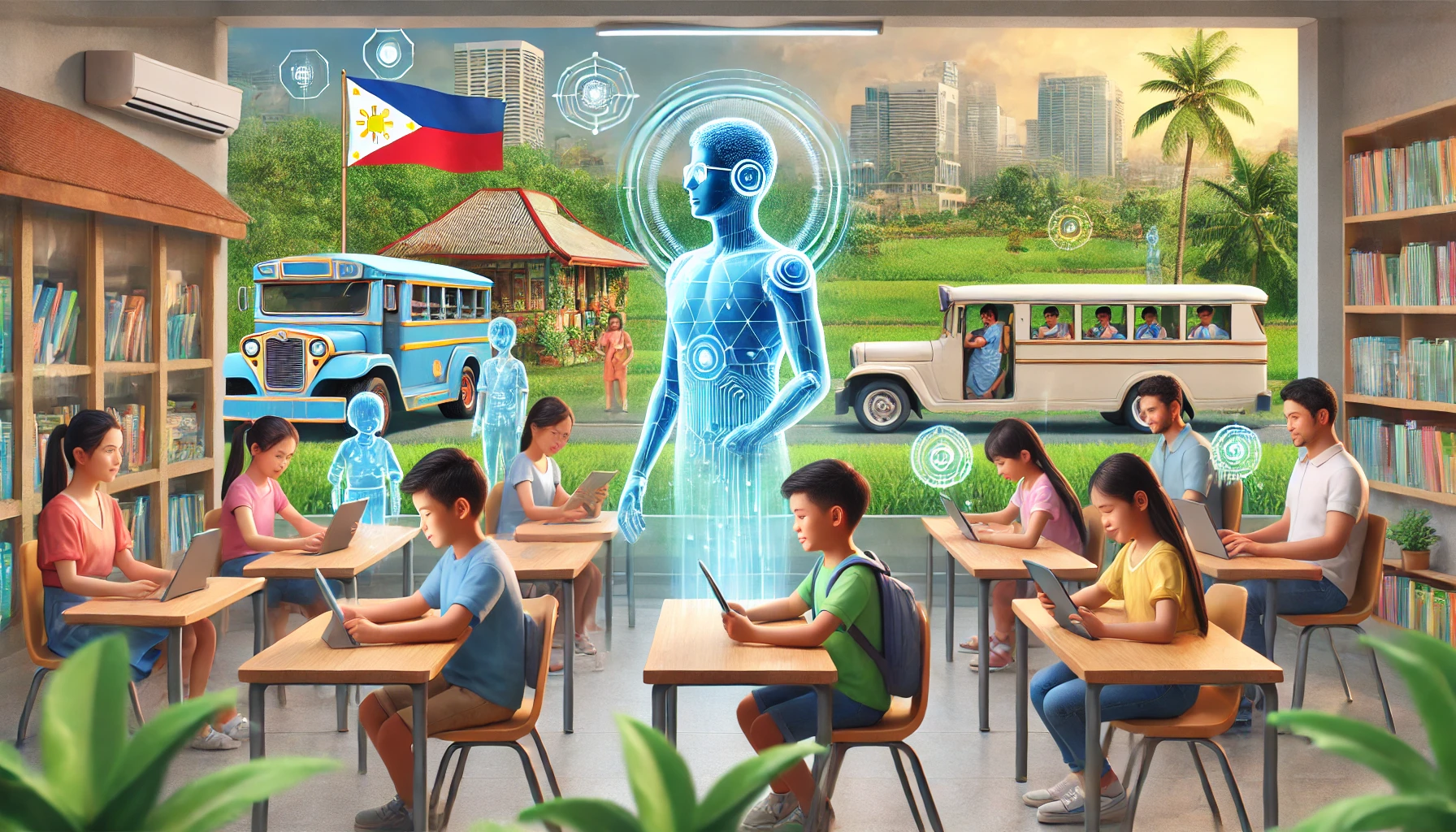The Philippines, with its archipelagic nature and remote areas, faces unique challenges in energy distribution. Many remote communities lack access to reliable electricity, hindering socio-economic development. However, the advent of Artificial General Intelligence (AGI) presents a transformative opportunity to revolutionize renewable energy distribution in these areas. Here’s how:
1. Optimized Energy Resource Mapping
AGI systems can analyze vast datasets, including weather patterns, topography, and population density, to identify the best locations for renewable energy sources like solar, wind, and hydro. This enables precise mapping and efficient allocation of resources, ensuring maximum energy generation with minimal environmental impact.
2. Real-Time Demand and Supply Management
AGI-powered systems can predict energy consumption patterns in real-time and adjust distribution accordingly. For instance, during peak hours, energy supply can be redirected to areas with higher demand, reducing waste and ensuring consistent power availability.
3. Cost-Effective Microgrid Design
Remote areas often require microgrids tailored to their specific needs. AGI can design and simulate cost-effective microgrids, considering local resources and community requirements. These self-sustaining grids can integrate solar panels, wind turbines, and battery storage to provide uninterrupted power.
4. Predictive Maintenance of Infrastructure
AGI can monitor renewable energy systems for signs of wear or inefficiency. By predicting maintenance needs, it minimizes downtime and extends the lifespan of infrastructure, ensuring a steady energy supply even in hard-to-reach areas.
5. Improved Energy Storage Solutions
One of the significant challenges of renewable energy is storage. AGI can innovate in battery technology and management, optimizing storage capacity and discharge rates to store excess energy during production peaks and supply it during downtimes.
6. Empowering Local Communities
AGI can be leveraged to train local communities in managing renewable energy systems. Interactive platforms powered by AGI can provide real-time support, troubleshooting, and education, fostering self-reliance and sustainability.
7. Enhanced Policy and Investment Decisions
Governments and investors can use AGI to model the economic and environmental impacts of renewable energy projects. This ensures data-driven decisions, prioritizing projects with the most significant long-term benefits.
Why It Matters
Incorporating AGI into renewable energy distribution not only addresses energy poverty but also aligns with the Philippines’ commitment to sustainable development. By harnessing the power of AGI, remote communities can leapfrog traditional energy systems and directly adopt cutting-edge renewable solutions, fostering resilience and growth.
The integration of AGI in renewable energy distribution is not just a technological advancement; it’s a pathway to energy equity, environmental preservation, and economic empowerment for the Philippines’ most isolated communities. The future is here—let’s power it responsibly. 🌞💡
Do you want to include any specific case studies or examples for more depth?
[SEO optimized]

